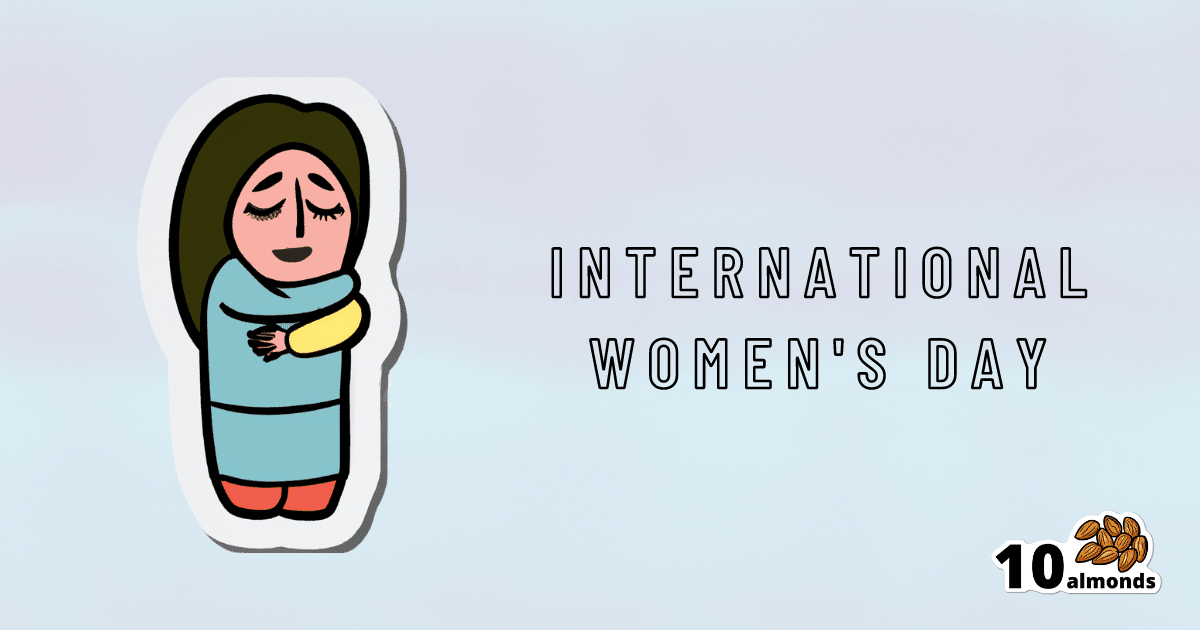International Women’s Day (and what it can mean for you, really)
Celebrate International Women’s Day by actively promoting equity. Learn how Slow Food is working towards fair and feminist food policies to create a better food system for all.

👩🌾 How to not just #EmbraceEquity, but actually grow it, this International Women’s Day!
It’s International Women’s Day, and there’s a lot going on beyond the hashtagging! So, what’s happening, and how could you get involved in more than a “token” way in your workplace, business, or general life?
Well, that depends on your own environment and circumstances, but for example…
A feminist policy for productivity in the food sector?
We tend to think that in this modern world, we all have equal standing when it comes to productivity, food, and health. And yet…
❝If women do 70 per cent of the work in agriculture worldwide, but the land is mainly owned by men, then we don’t have equity yet. If in Germany, only one-tenth of female farmers manage the farm on which they work on, while they also manage the household, then there is no equity yet❞
~ Lea Leimann, Germany
What to do about it, though? It turns out there’s a worldwide organization dedicated to fixing this! It’s called Slow Food.
Their mission is to make food…
- GOOD: quality, flavorsome and healthy food
- CLEAN: production that does not harm the environment
- FAIR: accessible prices for consumers and fair conditions and pay for producers
…and yes, that explicitly includes feminism-attentive food policy:
Read all about it: Slow Food women forge change in the food system
Do you work in the food system?
If so, you can have an impact. Your knee-jerk reaction might be “I don’t”, but there are a LOT of steps from farm-to-table, so, are you sure?
Story time: me, I’m a writer (you’d never have guessed, right?) and wouldn’t immediately think of myself as working “in the food system”.
But! Not long back I (a woman) was contracted by a marketing agent (a woman) to write marketing materials for a small business (owned by a woman) selling pickles and chutneys across the Australian market, based on the recipes she learned from her mother, in India. The result?
I made an impact in the food chain the other side of the planet from me, without leaving my desk.
Furthermore, the way I went about my work empowered—at the very least—myself and the end client (the lady making and selling the pickles and chutneys).
Sometimes we can’t change the world by ourselves… but we don’t have to.
If we all just nudge things in the right direction, we’ll end up with a healthier, better-fed, more productive system for all!
Share This Post
Learn To Grow
Sign up for weekly gardening tips, product reviews and discounts.




